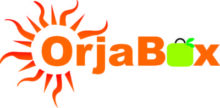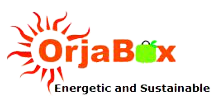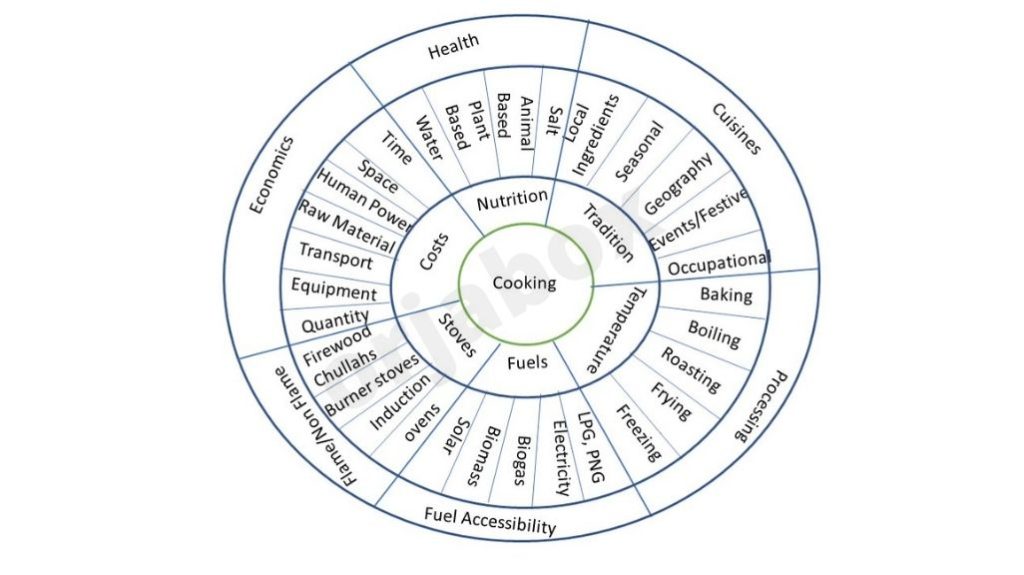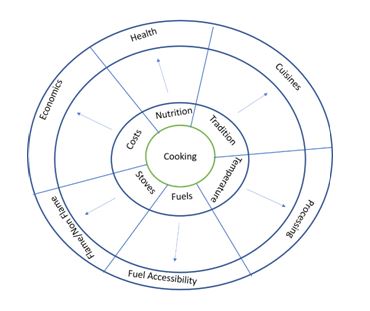Cooking Wheel

Cooking Wheel – Decision-Making Tool for Sustainable Cooking
For billions of years, cooking has been an integral part of our existence since we learned the application of fire. Over these countless years, cooking has evolved to define our culture, health, and agriculture. In this age of digitization and automation cooking remains one of our core activities -either as a food processing industry or restaurant or cloud kitchen or home cooking. Thus, cooking is a core activity for our existence. It is also one of the most effective ways to address climate change impacts related to food security, fuel availability, nutrition, water management, and agriculture. Cooking is central to numerous aspects of sustainability. It is one single human activity which gives tremendous opportunity to every individual- rich or poor, educated or uneducated to contribute positively towards achieving sustainability.
Food Security Challenge:
Nearly 800[1] million people go hungry every day around the world, more than 2 billion lack the nutrients required for a healthy life, and one-third of the global population is expected to be overweight or obese by 2030, according to the Global Panel on Agriculture and Food Systems for Nutrition. By 2050 the world population will rise to 9 billion people.
Climate change will make the task of feeding this large population challenging. Unpredictable droughts and floods, erratic temperature changes will largely impact agricultural produce.
With growing urbanization, arable land will reduce largely. Increased air, water, and soil pollution will adversely impact the quality and quantity of arable land.
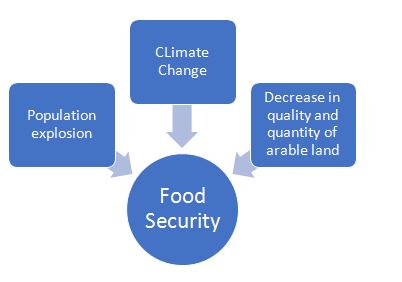 [1] https://www.annualreviews.org/doi/full/10.1146/annurev-environ-020411-130608
[1] https://www.annualreviews.org/doi/full/10.1146/annurev-environ-020411-130608
Some statistics about cooking:
The food we eat is responsible for almost a third of our global carbon footprint[2]. Appropriate decision making while selecting cooking ingredients and methods for cooking will result in saving humungous amounts of food, fuel, water. It will help in achieving health, prosperity and women empowerment.
Sustainable Cooking – an imperative solution for the food security challenge
Purpose:
This cooking wheel is a decision-making tool that helps to choose sustainable methods of cooking. Sustainable cooking practices positively link consumption and production both simultaneously.
The cooking wheel provides a holistic approach towards food security considering nutrition, tradition, temperature, stove selection, fuels, and cost. These are the vital inputs for the decision-making process for designing sustainable cooking practices/projects. It can be effectively used to understand the interlinkages of cooking with fuel, nutrition, cooking equipment, tradition and cooking economics. These interlinkages are derived around the food, water, economics, climate, and energy nexus.
The purpose of the cooking wheel is to primarily help to decide the following:
- Why cook? Should I cook or buy ready to eat food? Nutrition, Health, Tradition, to save the cost of buying ready to eat food.
- What to cook? – Traditional recipes, modern recipes, select food as per ingredients available, as per fuel available, considering costs.
- When to cook? – Seasonal, time, tradition.
- How to cook? -Ingredients,
- Where to cook? –Availability of time, ingredients, fuel, equipment, human power, etc.
- How much to cook? – Quantity, what to do with leftovers, ingredient management, time management.
- At what cost? –Fuel, ingredients, time, space.
- Kitchen Design – Lighting, ventilation, fuel storage space, stoves placement, ingredients placement.
- For whom to cook? –Rural or urban, family, elderly, healing, business meetings, conferences.
- Are new techniques available? – New fuels, improved stoves, modern equipment, temperature control.
When do we need to make these decisions?
- Food budgeting – resource budgeting (Monthly or yearly)
- Nutrition programs – achieve health goals
- Clean cooking programs – promoting improved, smoke-free cookstoves, promoting clean fuels, introducing new food technologies
- Introducing new products, recipes, concepts like cloud kitchen, etc.
- Designing kitchens – interiors, architecture
- Planning menu for restaurants, events, etc.
- Experimenting with food processing methods- temperature, flavor, fuel, tradition, etc.
- Designing marketing strategies for food products, concepts, etc.
Interlinkages:
The cooking wheel identifies the components of every aspect and its interlinkages with other aspects. Consider nutrition – the components of nutrition are plant-based ingredients, animal-based ingredients, salt, and water. These components are interlinked to:-
